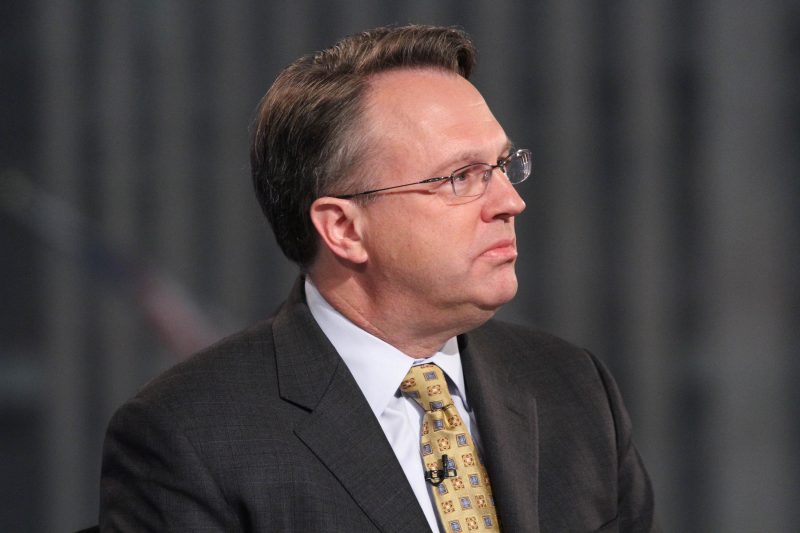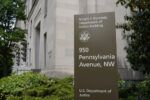US growth to slow ‘considerably’ in 2019: NY Fed
John Williams, pictured in 2015, holds the number two position on the central bank’s rate-setting monetary policy committee (ROB KIM)
Washington (AFP) – The US economy should slow “considerably” in 2019 as the boost from last year’s economic stimulus fades, the president of the New York Federal Reserve Bank said Wednesday.
Amid economic uncertainty, the Federal Reserve could “wait” before raising interest rates again, John Williams said in remarks to the Economic Club of New York.
Williams holds the number two position on the central bank’s rate-setting monetary policy committee.
Global markets have fallen in recent weeks as investors grow fearful the world economy will slow.
The Commerce Department estimated last month that the world’s largest economy had slowed at the end of 2018 but posted a strong 2.9 percent for the year.
Williams said that last year strong global growth, fiscal stimulus and easy financial conditions had helped boost the US economy.
“These tailwinds have calmed, and in fact reversed in some cases, and I expect growth to slow considerably relative to last year, to around two percent,” he said, according to the text of prepared remarks.
“Three developments contribute to this view: a downturn in global growth, heightened geopolitical uncertainty, and the effects of tighter financial conditions.”
The Fed raised interest rates four times in 2018 but policymakers have repeatedly signaled since December they will be “patient” before moving again.
In December, the Fed forecast 2.3 percent growth for the this year but could revise that estimate later this month.
And Williams said Wednesday US interest rates were now close to his estimate for neutral — the rate which neither stimulates nor slows the economy.
But growth in the labor force and in productivity have slowed, putting the economy on track to return to a “new normal” of growth that is closer to two percent, he said.
“Baby boomers are retiring and fertility rates have come down. Both of these demographic shifts have significantly slowed labor force growth relative to past decades,” Williams said.
“Productivity growth has also fallen considerably from the boom years of the late 1990s and early 2000s.”
Still, this was not cause for alarm, he said, noting strong job creation, low unemployment, sustainable GDP growth and moderate inflation near the Fed’s two percent target.
As a result, he suggested US interest rates were not likely to rise again soon.
“The base case outlook is looking good, but various uncertainties continue to loom large,” Williams said.
“Therefore, we can afford to be flexible and wait for the data to guide our approach.”
Disclaimer: This story is published from a syndicated feed. Siliconeer does not assume any liability for the above story. Validity of the above story is for 7 Days from original date of publishing. Content copyright AFP.


